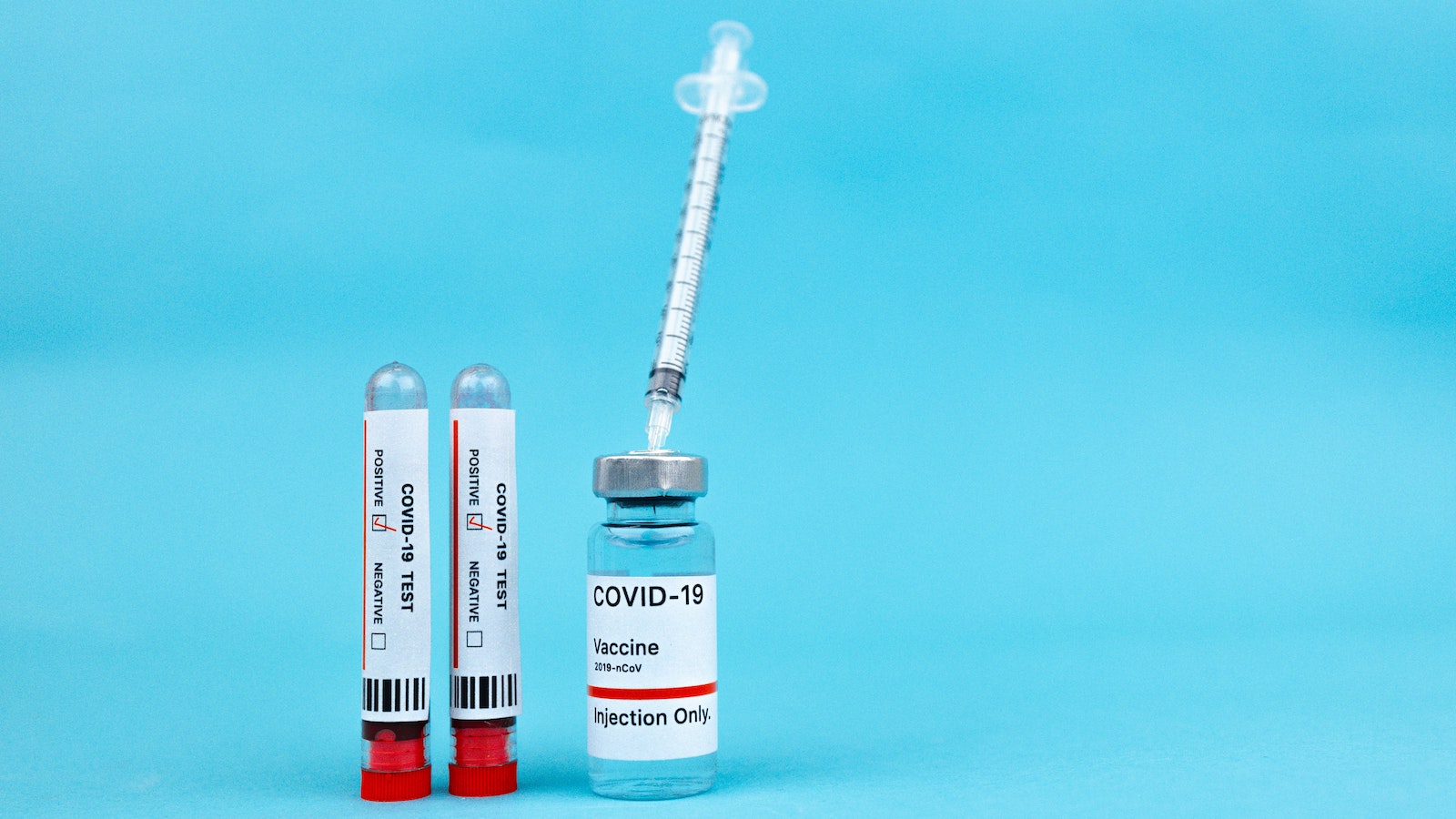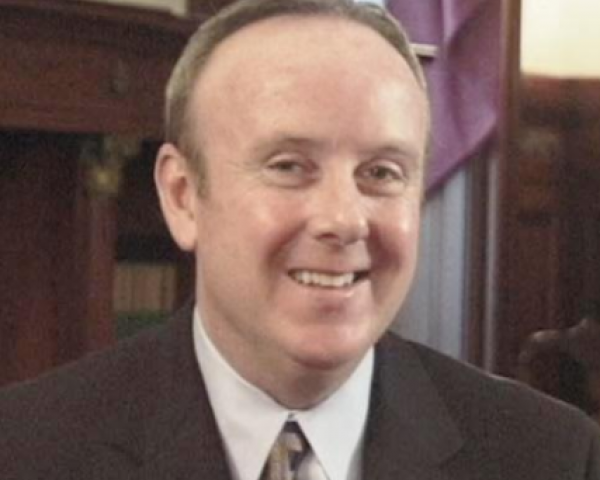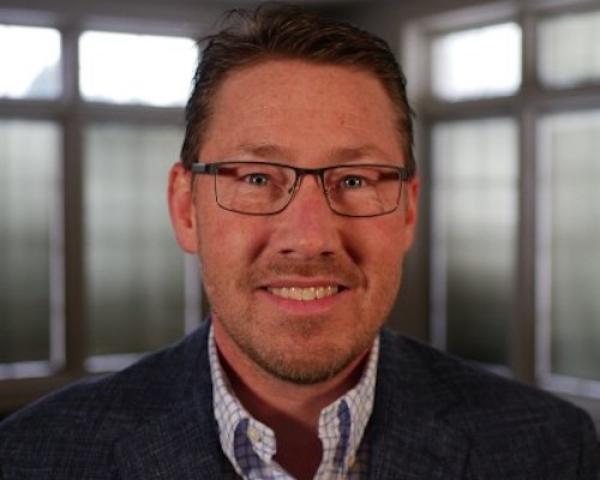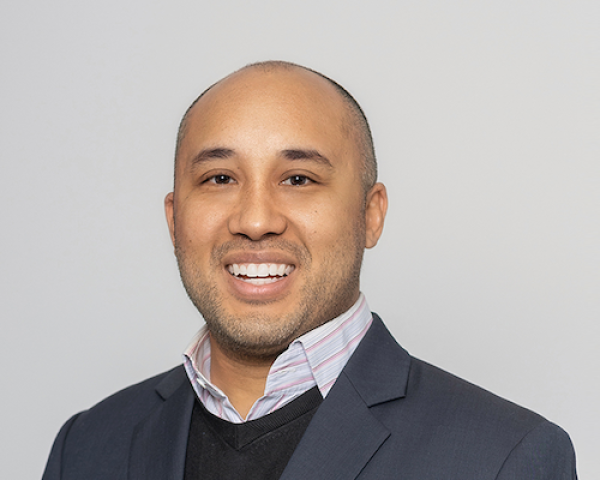A partner of mine at a management consulting firm introduced me to the idea of "break points" in customer expectations some 25 years ago, and they struck me as a revelation.
I had just thought of, say, faster response to customer calls as a good thing, and assumed that the faster the better. In fact, there were break points. Customers would get royally hacked off if kept on hold for a certain number of minutes -- let's say 10 -- so it was worth the effort to keep response times below that threshold. But -- and this was the revelation -- you didn't get additional credit from customers if you cut response time to nine minutes or eight or seven or.... You didn't get credit until you reached the next break point, perhaps at less than a minute, a response time that would delight customers.
But that didn't necessarily mean you should try to delight customers. The expense might be prohibitive. You might make an economic calculation to merely satisfy them.
That idea got refined for me a few years later in a conversation with Mike Hammer, the pioneer of business process reengineering and all-around famous professor at MIT. He told me of a large utility that found that the key metric for customer satisfaction when it started service for a customer wasn't what I would have expected: the number of days between the request for service and its initiation. In fact, the key metric was whether the utility lived up to its promise about when service would start. In other words, whether it took one week or two to start service mattered less than whether the technician really showed up between, say, 2 and 4pm on the appointed day.
That's a bit of a long windup, but I wanted to make clear why I was so intrigued by a Hi Marley survey about what really matters to customers in the claims process. While two of the main concerns that surfaced strike me as hard and expensive to resolve, one seems to be really low-hanging fruit ("process explanation and expectation setting"), and another seems within reach ("responsiveness and availability").
The Hi Marley survey looked at thousands of four-star ratings in their database and identified 1,300 claims in which policyholders relayed issues that, had they been handled differently, would’ve resulted in a five-star rating. Of those, 95% fell into four categories: process explanation and expectation setting (34%), unresolved claim issues (28%), responsiveness and availability (18%) and adjuster attitude, approach and level of knowledge (15%).
You will decide for yourself how hard each of the four issues would be to attack, but it strikes me that process explanation and expectation setting should be relatively easy to improve, especially because of new technology tools.
Think of how package deliveries used to work, vs. how they work now. A decade ago, deliveries were a black box. You placed an order, and it eventually showed up at your doorstep, but you had no visibility about what happened during the days in between. You could call and ask for an update, but the customer service rep often had no more information than you did -- something you'd find out only after working your way through a phone tree and spending time on hold listening to bad music or ads. Now, you can simply check an app and know that the item has shipped, see where it is in the USPS, FedEx or UPS delivery network and get a precise idea of when the item will arrive. More advanced companies, such as Amazon, automatically text you or email you alerts about where your item is in the process, when it will arrive and when it has, in fact, landed on your doormat.
Why couldn't that sort of system work for claims? Yes, it would take work on the back end to automate updates, but then the marginal cost would be almost zero -- and customers would be a lot happier if they knew where their claim stood in the process. Even if they just got a notification every few days letting them know that you were still working on resolving a particular issue, they'd know you hadn't forgotten about them. That sort of notification would be especially valuable these days, given that supply chain issues can mean long waits for parts for a repair.
Some training and continual communication would also, in my experience, be needed to improve process explanation and expectation setting. An awful lot of experts I've dealt with over the years, whether a plumber or a lawyer, have forgotten that they're experts. They assume I know things that I have never remotely experienced. Those working on claims would likely benefit from training and then frequent communication reminding them that they need to start from zero as they're explaining the process to someone filing a claim, that they should avoid all jargon at all costs and that they need to set realistic expectations (or under-promise and overdeliver).
Technology can help here, too. The ease of electronic communication can let companies develop standardized materials that can be shared with claimants and explain the process in a thorough but friendly way. (Lemonade makes for a good model.) Electronic communication can also serve as a backstop -- if a claimant says you didn't warn them about something, you'll have a record showing that you did.
The other point where I think real progress can be made -- responsiveness and availability -- is rather trickier, because that may require additional resources, but technology can take at least some of the load off agents. The sort of digitization of the claims process that would allow for automated updates would also provide for self-service and remove the need for any kind of response from an agent. A claimant doesn't have to place a call and wait for a response from an available agent if the person can just go to a website and look something up or interact with a chatbot and get a question answered at 2am or on a weekend. The responsiveness and availability are instantaneous.
The other two issues identified by Hi Marley -- unresolved claim issues and adjuster attitude, approach and level of knowledge -- are surely worth addressing but seem to require more systemic change. Claim issues involve the whole process, from beginning to end, and attitude, approach and knowledge depend not only on training but on finding the right talent.
With all four of the issues identified in the survey, Hi Marley suggests that there is a clear benefit just to getting customers to raise your rating. I'm not necessarily convinced. You still have to do the analysis to see if the expense of resolving the issues would matter enough to get past a break point and lead customers to change their behaviors.
But I also don't think that it would take that much effort to improve on process explanation and expectation setting and on responsiveness and availability.
Cheers,
Paul


























